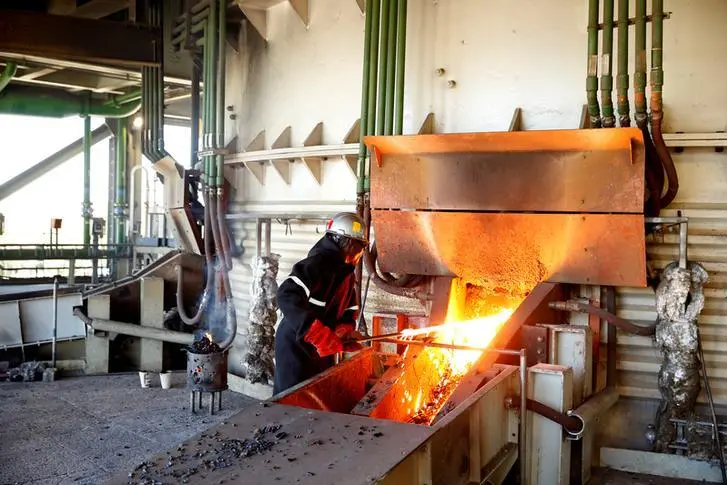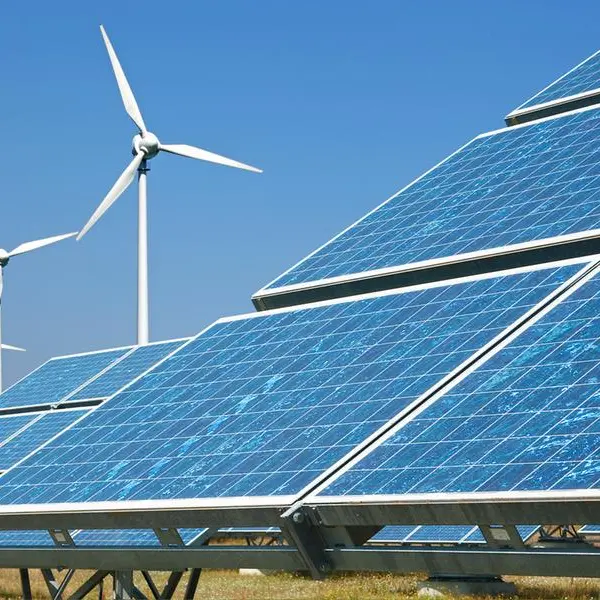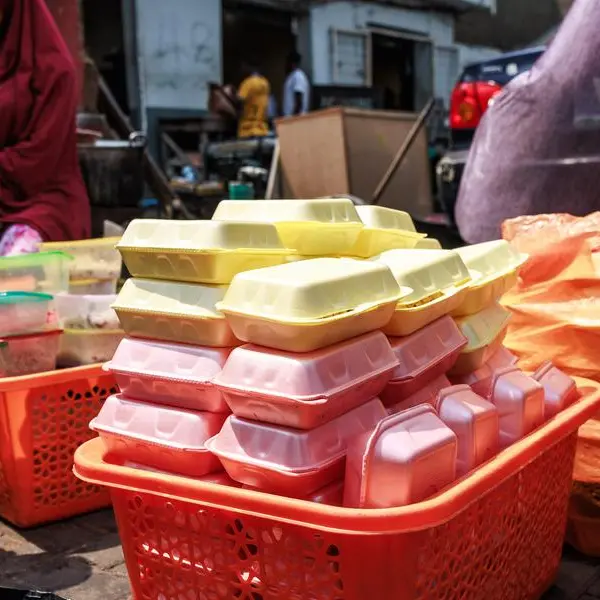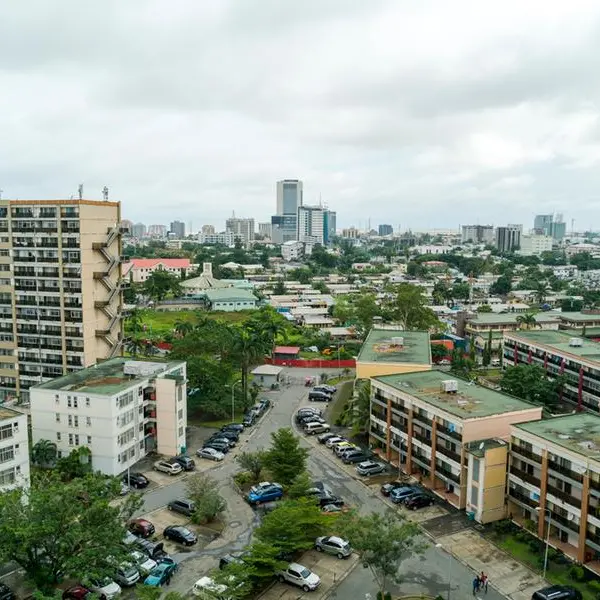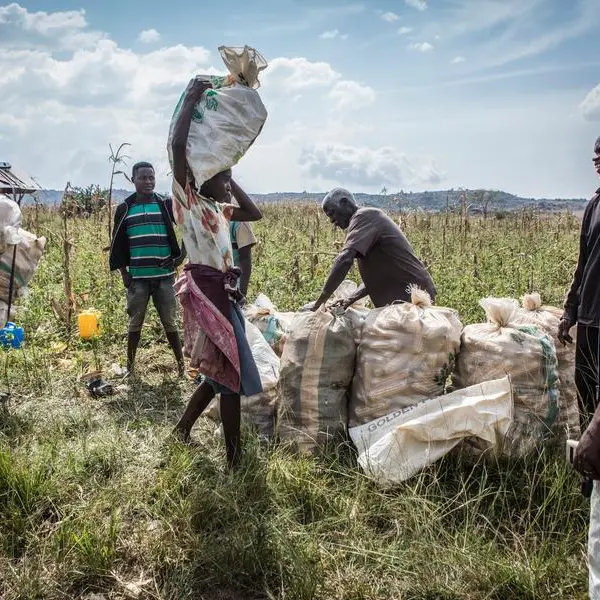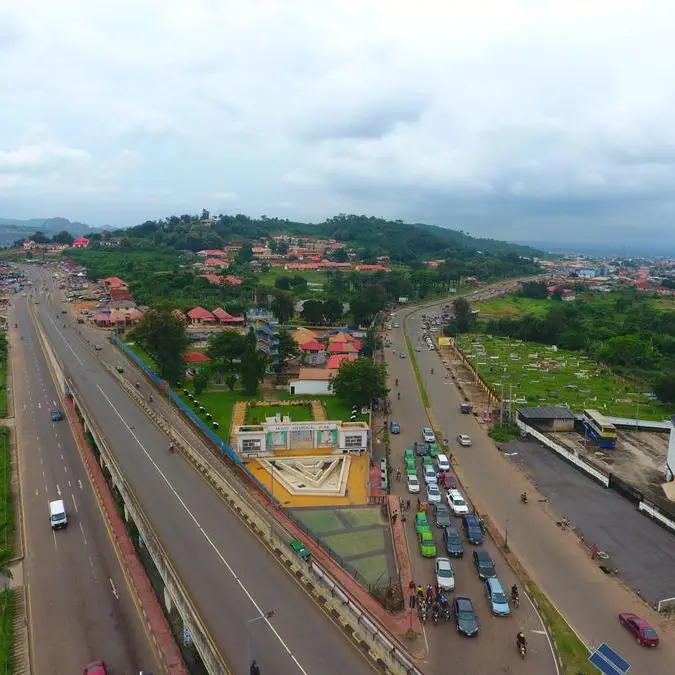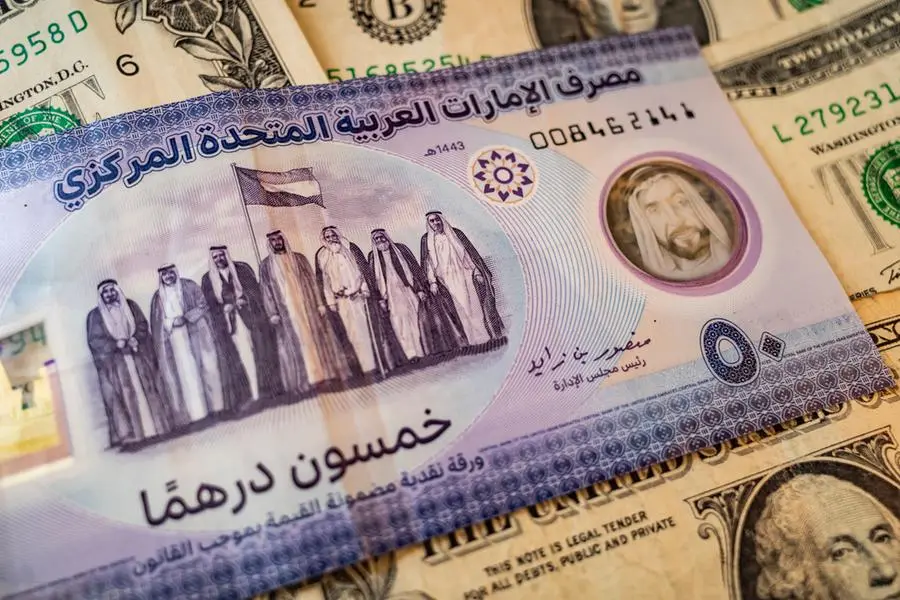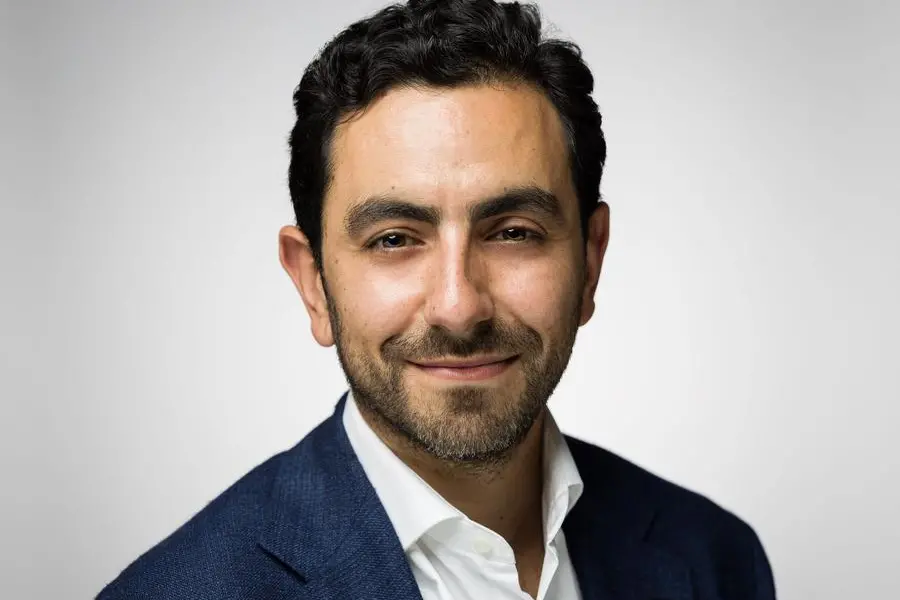PHOTO
If mining giant Anglo American hoped to calm investor nerves last week at Africa’s largest mining expo, talk among the crowd suggested the opposite after a keynote speech by company chief executive, Duncan Wanblad.
The Jo’burg Mining Indaba is held annually and took place on the 2nd and 3rd of October at the exclusive Inanda Polo Club where, from the veranda, guests have an unbroken view of the tower blocks that define Africa’s richest square mile: Sandton.
South African mines minister Gwede Mantashe gave an address and came several times to mingle with the mining elite. One of the most accessible ministers in Pretoria, Mantashe is also blunt in his views, insisting that coal remains a valuable resource and, used more cleanly, can provide electricity for generations.
Across two days of lectures and debates, the audience — mostly at CEO or board level — packed the main hall at Inanda. The Club had ample parking but this changed late Thursday morning ahead of the Wanblad address, when gate crew turned back vehicles saying there was no more room.
By noon, when he appeared via video-link from London, cars were parked along the street for more than a kilometre each side of the entrance. And when the CEO came on-screen, the moderator welcomed him as “the only top mining executive not in this room.”
Until Wednesday, attendees — who had paid R17,000 ($970) to join the event — expected Wanblad to attend in person but he spoke by camera from his headquarters in London.
He ran through his board’s decision to sell the shaft near Rustenburg in South Africa that produces close on 40% of the world’s platinum, and the de Beers diamond company, dependent largely on gems from Botswana. Coal fields in Australia will also go, though one of richest seams in Queensland has been closed after a fire devastated the mine.
Diamonds are struggling in a market where factory made stones have taken the lead, cheaper and with no limit to the number of carats a manufacturer can produce. In 2022, de Beers posted a profit of $1.4bn. By last year this had fallen more than 90% to just $72m.
Silence over BHP
But, in mining, the biggest story of 2024 has been the attempt by Australia’s BHP to buy Anglo American at a price tag of $49bn. Mr. Wanblad and his board declined to sell though several analysts described the deal as generous.
If business leaders in the room hoped for some understanding as to why Anglo walked away — or what the company might do if another offer is made — they were disappointed. The CEO stayed clear of the topic.
He said the company would be leaner and stronger once a number of assets had been shed, and the focus would be on copper which in future could make up 60% of earnings, but said nothing about the risk this would pose in a field where prices are notoriously volatile.
At independence in 1964, Zambia was the richest territory in the former British central Africa, with copper accounting for 90% of exports. A decade later, a plunge in price left the country on the edge of bankruptcy. The metal is currently undergoing a boom, and Anglo owns some of the world’s most productive mines.
Across the sector, trends can be hard to predict. In February 2008, platinum — 70% of known reserves are in southern Africa — was trading at more than $2000 per ounce. By year-end, it had halved in value and in March 2020 dipped to just $593 and now hovers around $1,000, with no hint of a return to the dizzy price just 16 years ago when it was seen as an alternative to gold.
Gold is currently at a record high but in the past decade it has moved through a series of peaks and troughs.
The new Zimbabwe currency, known as the ZiG, is alleged to be backed by the country’s gold reserves, but while the metal gains in value, traders in Harare and Bulawayo insist on rands or US dollars and the government has already halved the ZiG’s official value, just six months after it was launched.
Copper risk
Anglo’s copper deposits are largely in South America and demand for the metal has grown, driven partly by its use in battery powered cars. Between them, Chile and Peru produce a third of the world total
But if it comes to account for 60% of Anglo’s revenue, this would leave the company vulnerable to even a small drop in the market. And it’s happened before.
In 2008, copper was in the ascendant, but by Christmas that year had lost two-thirds of its value. Wanblad made no reference to this or the collapse in diamond sales at de Beers.
Appointed CEO in 2022, Duncan Wanblad — who is originally from South Africa — said the region would always have part to play in the group which has increased its investment in the Kumba iron ore project, spread across a number of mines north and west of Johannesburg.
The firm has a presence on all six continents and in 2023 posted revenues of $30bn.
But if delegates at the mining summit thought they may get a chance to question the Anglo boss about what some described as “the elephant in the room” — BHP’s $49bn offer and how the company might react to such an approach in future — they were disappointed.
As he finished speaking, the video link went off.
In the lunch that followed, it was what the Anglo CEO had left unsaid that dominated conversation more than the content of his speech.
© Copyright The Zimbabwean. All rights reserved. Provided by SyndiGate Media Inc. (Syndigate.info).
